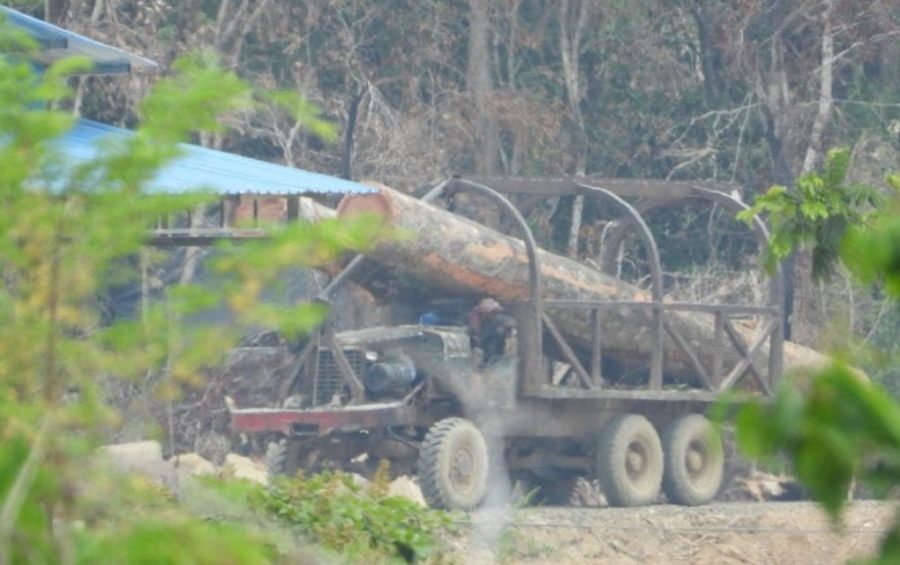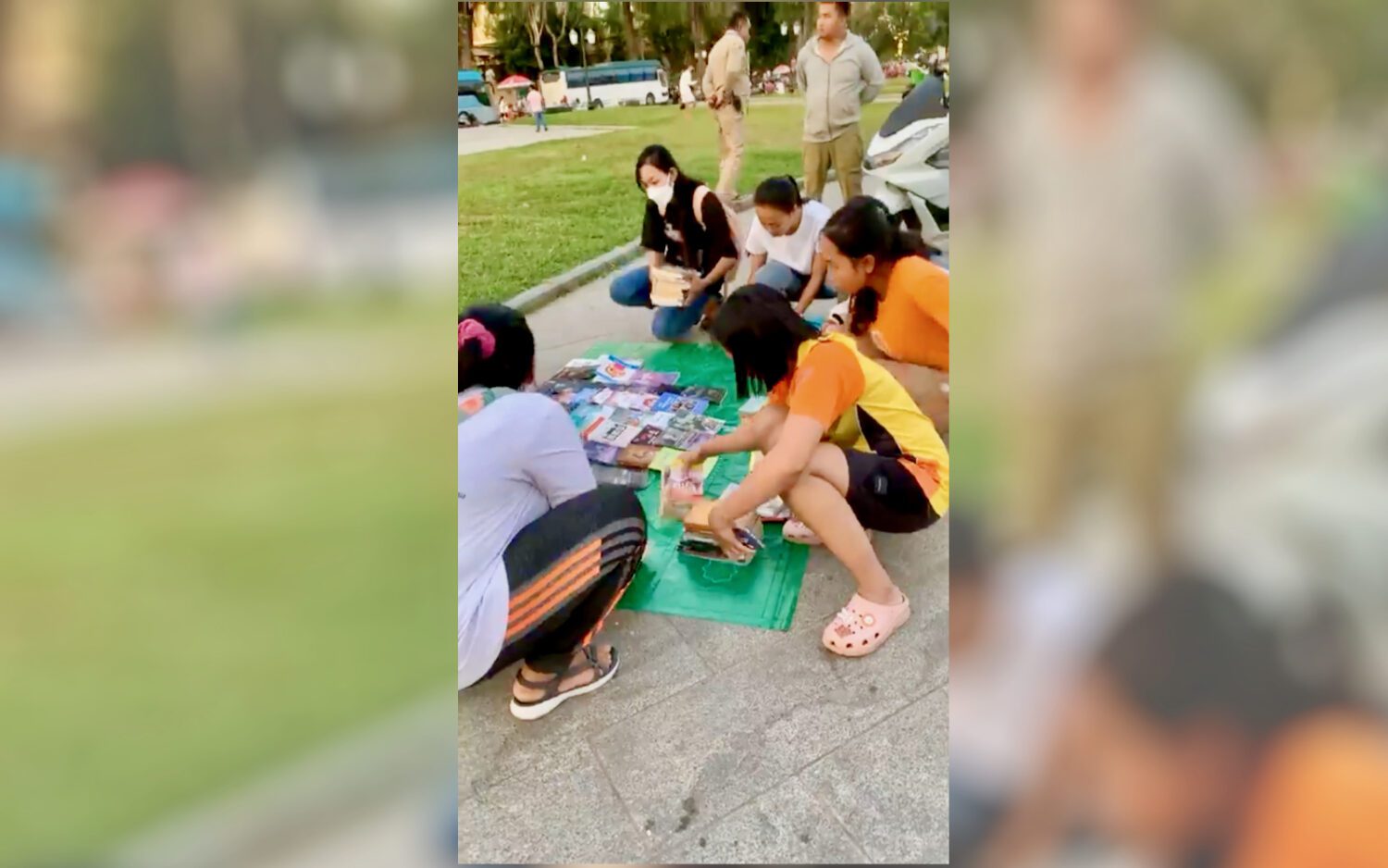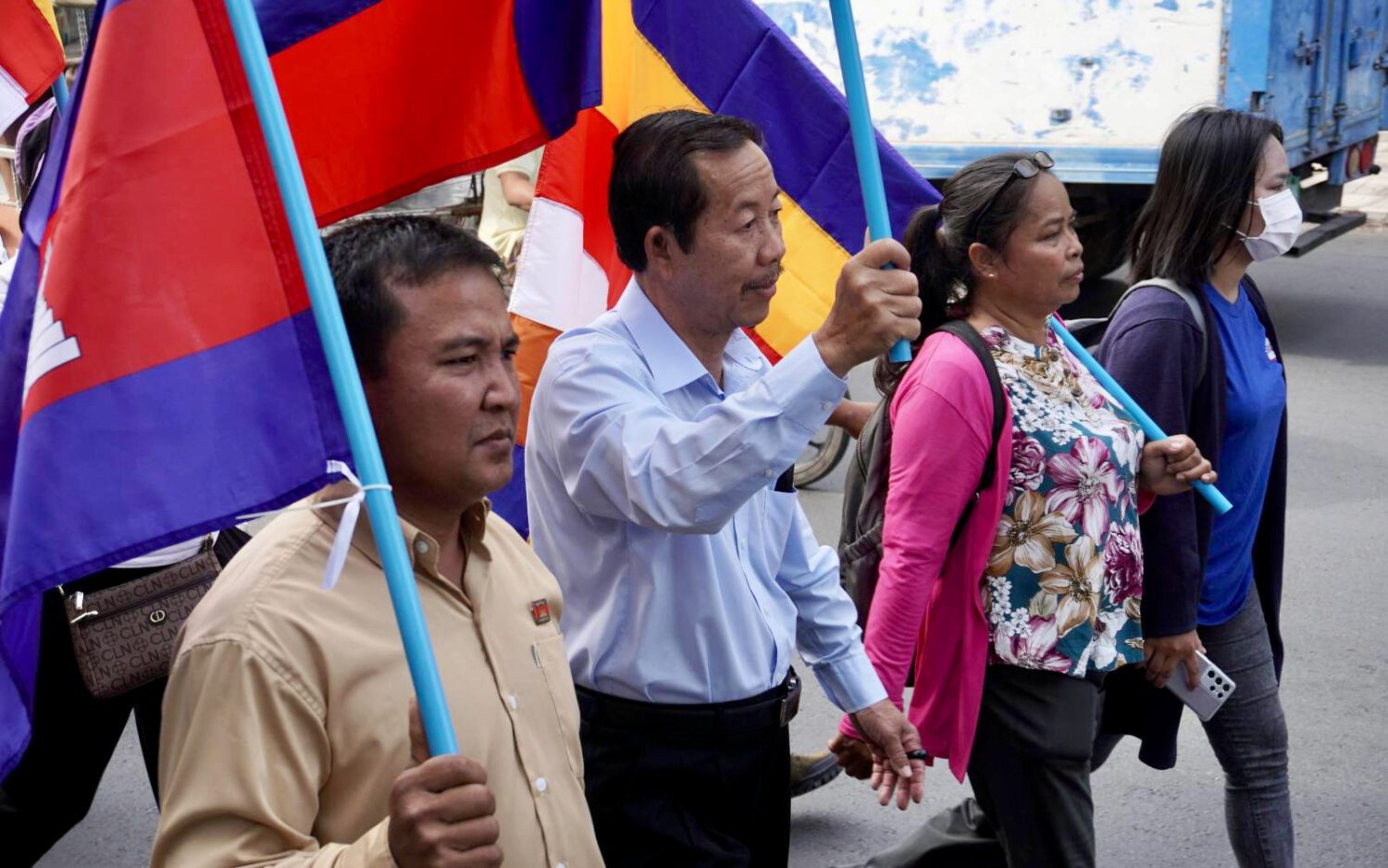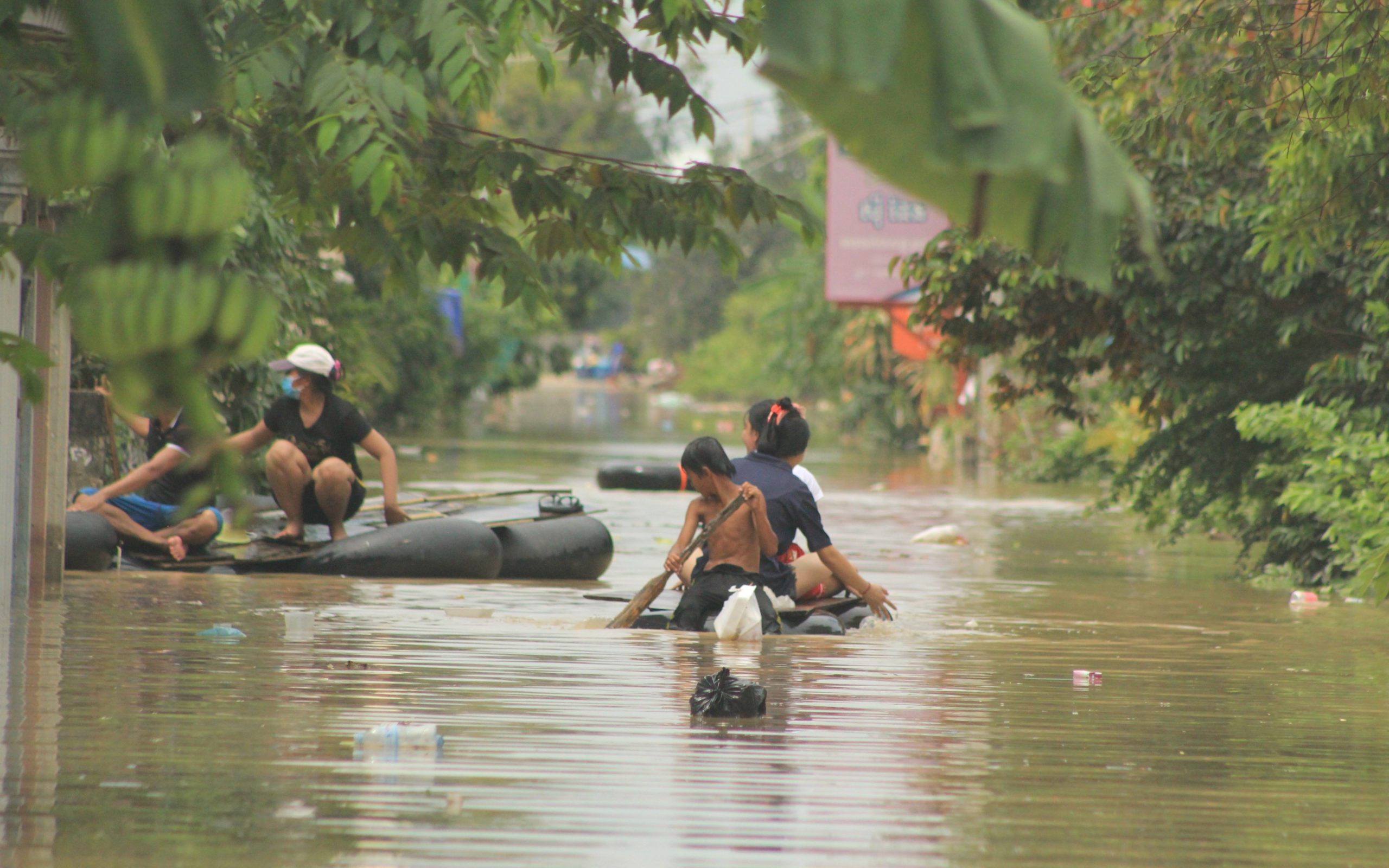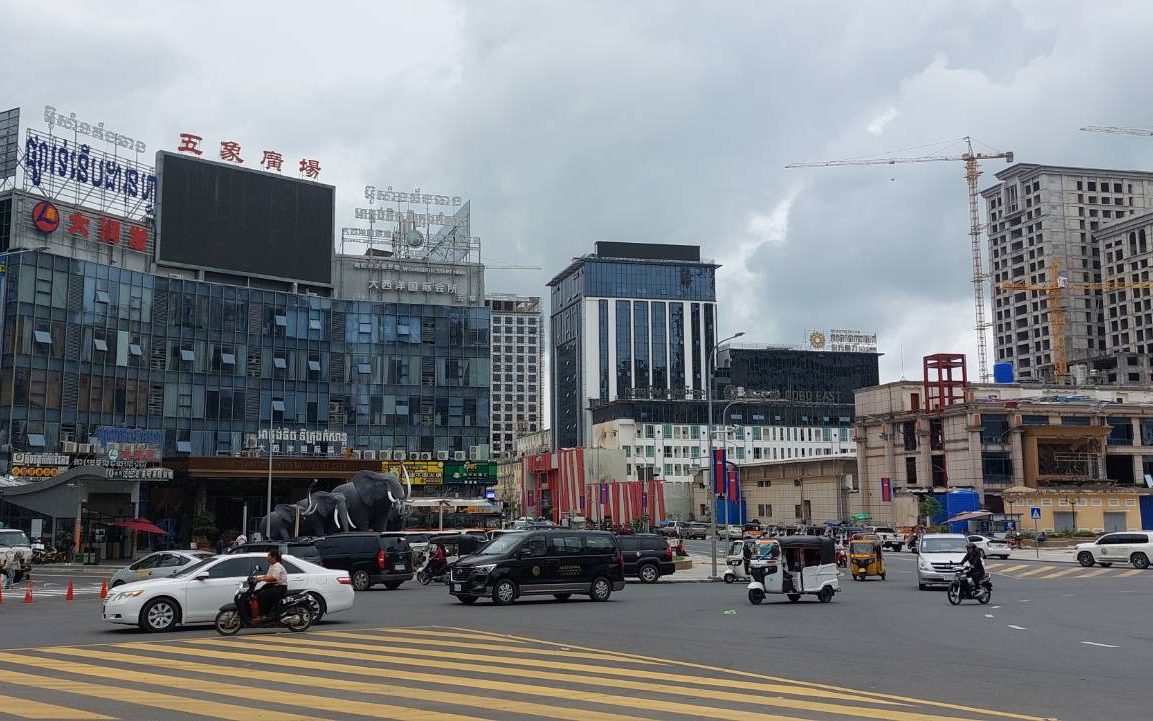Prey Lang Wildlife Sanctuary lost a record-breaking amount of tree cover last year, shedding patches of forest larger than the size of Phnom Penh’s Olympic Stadium football pitch for every hour of 2019, data compiled from satellite images shows.
The sanctuary, which spans about 430,000 hectares across Kratie, Stung Treng, Kampong Thom and Preah Vihear provinces, saw the highest level of deforestation last year since it was established as a protected area in 2016, according to an open letter addressed to Prey Lang stakeholders and sent to media on Thursday by Ida Theilade, a conservation scientist and University of Copenhagen professor who has studied the forest for more than a decade.
The Environment Ministry earlier this year banned independent forest patrols inside the sanctuary, with an official saying that the forest monitoring group Prey Lang Community Network (PLCN) was not a government-registered organization and claimed its members had entered the protected area illegally.
But Theilade this week said PLCN was part of the solution to the sanctuary’s illegal logging problem.
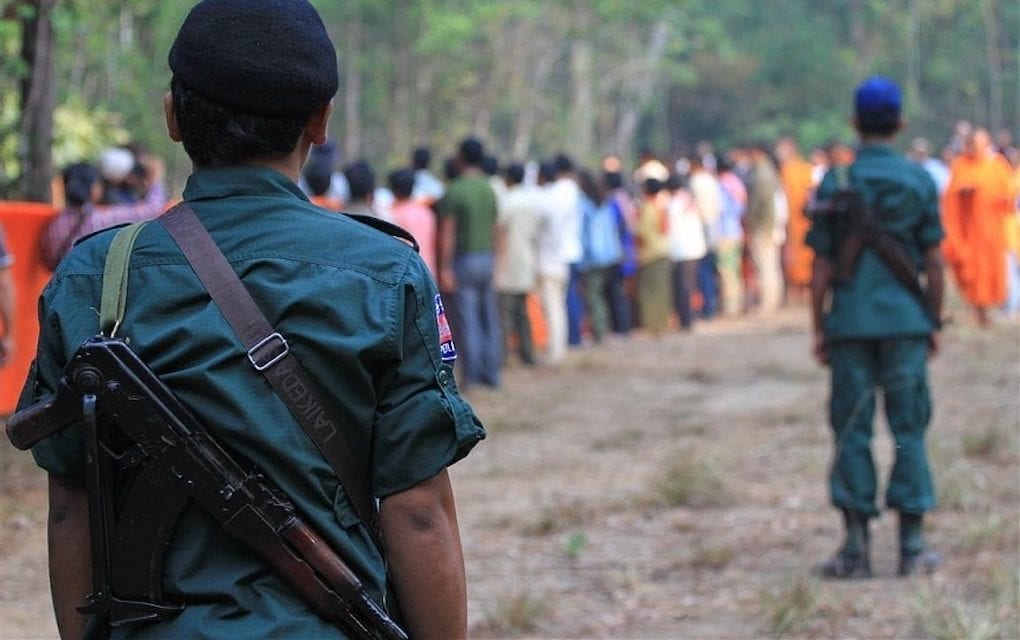
“European and US satellites detected an unprecedented spike in annual forest loss coinciding with shrinking civil space and increased threats and harassment against the local network of volunteers, [PLCN], who has conducted forest patrols to stop illegal logging for decades,” Theilade said in an email to reporters.
To ensure the protection of the sanctuary, she added that a “wise first step” would be to allow PLCN members to continue their forest patrols.
But for now, civil society groups, including PLCN, “can only watch the rampant illegal logging in Prey Lang,” according to the open letter.
The sanctuary lost 7,510 hectares of forest cover last year, or a 73 percent increase from the previous year, says the letter, which cites data from the University of Maryland’s Global Forest Change dataset, released last month, and the European Commission’s Joint Research Centre.
Prey Lang’s forest loss has resulted in carbon emissions equivalent to that released by more than 760,000 cars driven for a year, the letter says.
‘The Government’s Eyes and Nose’
Although he has been stopped at the sanctuary’s borders in recent months, Srey Thei, PLCN’s Preah Vihear provincial coordinator, said he has observed signs that logging is continuing unchecked. Just a few days ago, the activist said one of the network’s members had seen two logging trucks hiding behind bamboo within the sanctuary, with soldiers guarding the vehicles.
“I would like to request the Ministry of Environment to allow us to participate in patrolling like before because we will also be the eyes and nose of the government,” he said. “We do nothing to make the government lose face.”
Theilade also raised questions about U.S. development agency USAID’s $21 million Greening Prey Lang (GPL) project, which she said was tacitly condoning the Environment Ministry’s restrictions on civil society and the independent forest monitors, including PLCN members.
Speaking to VOD on Friday, the Denmark-based scientist said she wanted to raise concerns about the foreign donor because she and other Prey Lang watchdogs had seen high levels of deforestation in satellite imagery but heard few reports of the problems from the Environment Ministry or GPL.
Though she acknowledged that GPL has a different approach to forest conservation than she does, Theilade said that the satellite data and reports from community patrols indicated that “organized, large-scale illegal logging” is occurring in the sanctuary, and said that both GPL and the Environment Ministry should be communicating this information to the public.
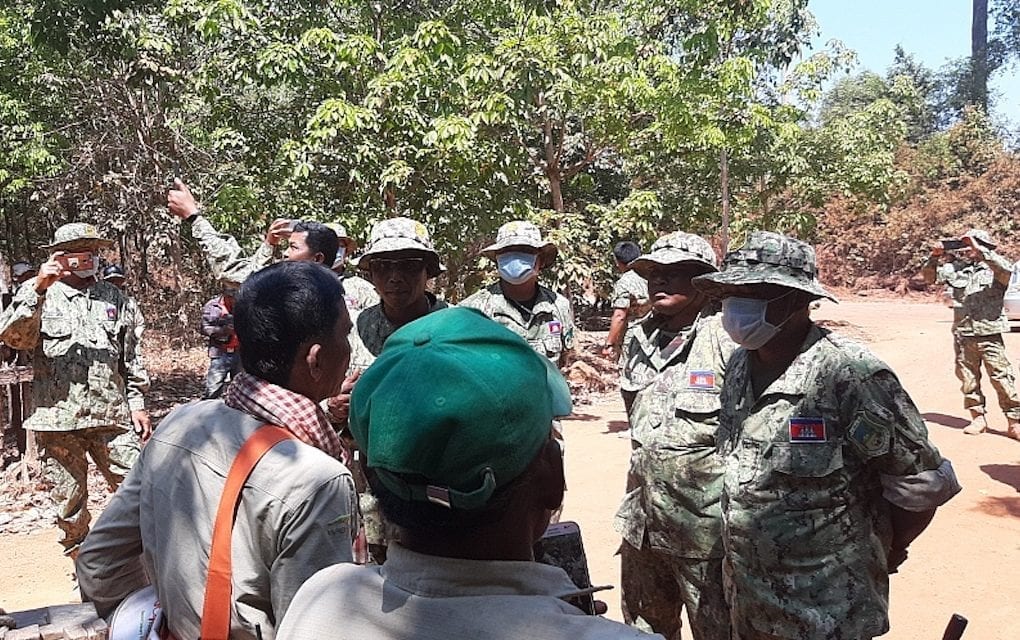
“[The Environment Ministry] draws a lot of recognition from their partnership with USAID, and they have very clearly expressed that they want any other organizations or networks or civil society groups to establish the same kind of partnership, meaning they have to sign a memorandum of understanding with the Ministry of Environment, and register under the NGO law, so I think silently the USAID is approving the [ministry’s] monopolization of forest patrols.”
USAID and GPL representatives did not respond to a request for comment on Friday.
Environment Ministry spokesman Neth Pheaktra said his ministry does not need to answer to a person who is not working within the official management and conservation framework of Prey Lang.
Pheaktra acknowledged that forestry crimes were occurring in the sanctuary, but he claimed they were on a small scale, blaming the forest loss on the economic needs of people around the forest as well as incitement from bad businesses and the limited capacity of forest rangers.
“I would like to clarify that the Cambodian government has a high level of commitment to management and conservation of Prey Lang Wildlife Sanctuary and continues to try to prevent and crack down on natural resource crimes in that area,” Pheaktra said.
The spokesman said government rangers had patrolled the sanctuary 511 times between January and April, identifying 399 cases of forestry crimes and sending 32 of those cases to court.
Eng Hy, spokesman for the National Anti-Deforestation Committee, said he had not seen any increase in forestry crime.
“I already informed [you] that whenever crimes happen, we will crack down,” Hy said.
Asked about ongoing reports of deforestation, Hy said, “They have the right to talk.”
Prey Lang’s Future
Instead of banning PLCN, Theilade argued that its members could be a key part of protecting the sanctuary, and the Environment Ministry could lead other countries in forest monitoring if they combined reports from satellite data with reports from both rangers and community patrols.
“Cambodia could be the first country to integrate its civil society [and satellite data] into forest monitoring,” she said. “Any remote sensing system will depend on people on the ground [to verify satellite reports], and this is one of the few cases [in which] we have that, so it’s such a fantastic opportunity.”
Thei, the PLCN coordinator, said network members had communicated reports of deforestation to Environment Ministry rangers via Telegram messages and annual reports, but their reports had been ignored and community patrollers were criticized for conducting allegedly illegal patrols. Thei suggested that the authorities benefited financially by allowing logging to continue.
“[Prey Lang] is the rice pot of the officials who benefit from that,” he told VOD. “They want to have an opportunity to make money so they don’t want us to enter.”
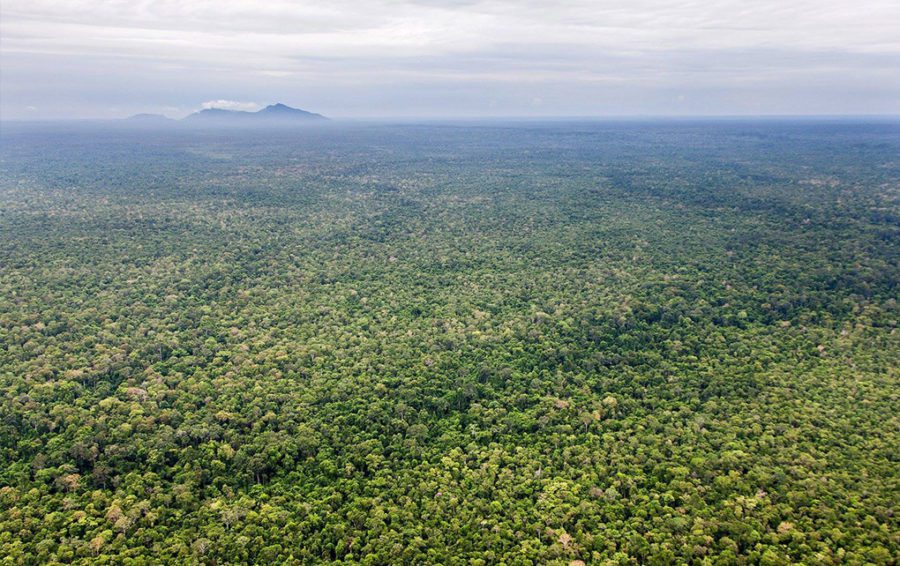
Thursday’s letter followed another that Theilade sent in April detailing how satellite deforestation tracker Global Forest Watch had registered thousands of deforestation alerts in Prey Lang in the days after PLCN was blocked from holding an annual forest blessing ceremony in February.
After the ceremony, the Environment Ministry banned PLCN from patrolling in the sanctuary.
Last week, Agriculture Minister Veng Sakhon noted a significant rise in forestry and fishery crimes throughout the country and asked officials to tackle the illegal activities, including deforestation and tree clearing.
Cambodia’s forest loss was the 10th highest in the world last year, with 63,000 hectares of forest lost, according to University of Maryland data cited in the letter this week.


